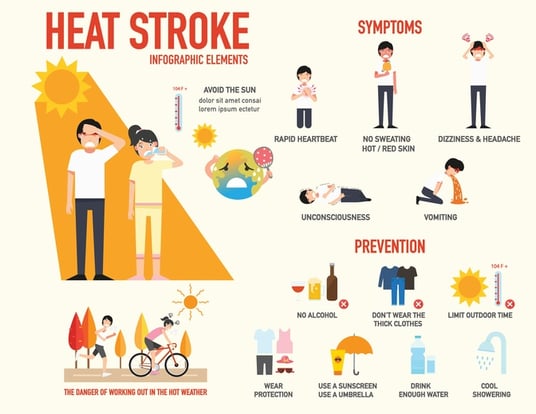 Summer brings longer days and plenty of sunshine, perfect for outdoor activities and adventures. However, the heat can also lead to dehydration. Here are some essential hydration tips to keep you cool and refreshed all summer long:
Summer brings longer days and plenty of sunshine, perfect for outdoor activities and adventures. However, the heat can also lead to dehydration. Here are some essential hydration tips to keep you cool and refreshed all summer long:
1. Drink Plenty of Water - during the hot summer months, especially when engaging in physical activity it's important to increase your water intake. Strive for at least 8 glasses of water daily. Carry a reusable water bottle throughout the day to remind yourself to hydrate.
2. Eat Hydrating Foods - incorporate fruits and vegetables into your diet that are rich with water such as cucumbers, watermelon, strawberries, and oranges. These foods not only provide hydration but are also provide essential vitamins and minerals.
3. Infuse Your Water - water can be boring, add flavor by infusing with fresh fruits, herbs, or vegetables. Combinations like lemon and mint, or cucumber and lime make for great flavors. Make a pitcher to have on hand and fill your glass throughout the day to stay hydrated.
4. Monitor Your Urine Color - light yellow to clear urine will typically indicate proper hydration. If you notice a darker color, that's a good indication you need to increase your water intake.
5. Avoid Excessive Caffeine and Alcohol - limit your intake of caffeine and alcohol during extreme temperatures. If you do choose to consume these beverages, be sure to create balance and drink water as well.
6. Drink Electrolyte-Rich Beverages - when exercising or exerting energy you lose electrolytes. Incorporate coconut water or sports drinks to replace lost electrolytes. Be mindful of your choices as some options contain more sugar than others, opt for choices with lower sugar levels.
7. Schedule Outdoor Activities Wisely - plan accordingly when heading outdoors. Early mornings or late afternoon might be the best options to avoid that mid-day heat! If you are outdoors, be sure to take frequent breaks, seek shade and have your water on hand.
8. Wear Lightweight, Breathable Clothing - your clothing choices can help keep you cool in the heat. Choose breathable fabrics like cotton to help allow your skin to breathe. Wearing sunglasses and a wide-brimmed hat can help provide you relief from the sun and reduce risk of overheating.
9. Listen to Your Body - don't wait until you are thirsty to drink water. Listen to your body and pay attention to the signs of dehydration such as dizziness, headache, fatigue and dry mouth. If you experience any of these take steps to rehydrate.
10. Stay Cool Indoors - take cool showers to help lower your body temperature if you start to feel overheated. Cool off in air conditioning or with a fan, especially on excessively hot days.
These tips can help you enjoy a fun and active summer while staying hydrated. Remember, hydration is key to keeping your body functioning properly, especially in the heat.


 Being a triathlete, most of my winters are spent stuck on the bike trainer or swimming countless laps in pools. When the weather finally breaks, I make every attempt to get outside and enjoy the outdoors and here’s why you should give it a try!
Being a triathlete, most of my winters are spent stuck on the bike trainer or swimming countless laps in pools. When the weather finally breaks, I make every attempt to get outside and enjoy the outdoors and here’s why you should give it a try!
 Let’s be real. We aren’t always motivated to work out, and sometimes it’s hard to find that motivation. It’s even harder to find motivation when you don’t even enjoy exercise. It’s important to learn why getting active is so important, and it all starts with changing your mindset about it.
Let’s be real. We aren’t always motivated to work out, and sometimes it’s hard to find that motivation. It’s even harder to find motivation when you don’t even enjoy exercise. It’s important to learn why getting active is so important, and it all starts with changing your mindset about it. 
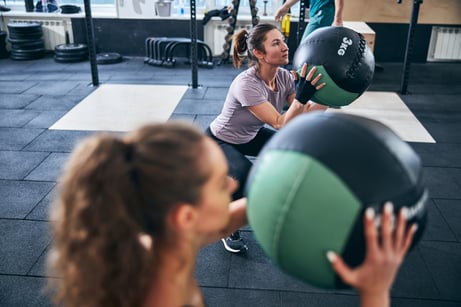 The month of October, also known as ROCKTOBER or SQUATOBER and famous for Halloween, is here. I thought I would put together two workouts—a fun workout, Pumpkin Partners, and a challenging workout, The Hell Bridge—that everyone can enjoy this October! Both are great for outdoor training in cooler weather
The month of October, also known as ROCKTOBER or SQUATOBER and famous for Halloween, is here. I thought I would put together two workouts—a fun workout, Pumpkin Partners, and a challenging workout, The Hell Bridge—that everyone can enjoy this October! Both are great for outdoor training in cooler weather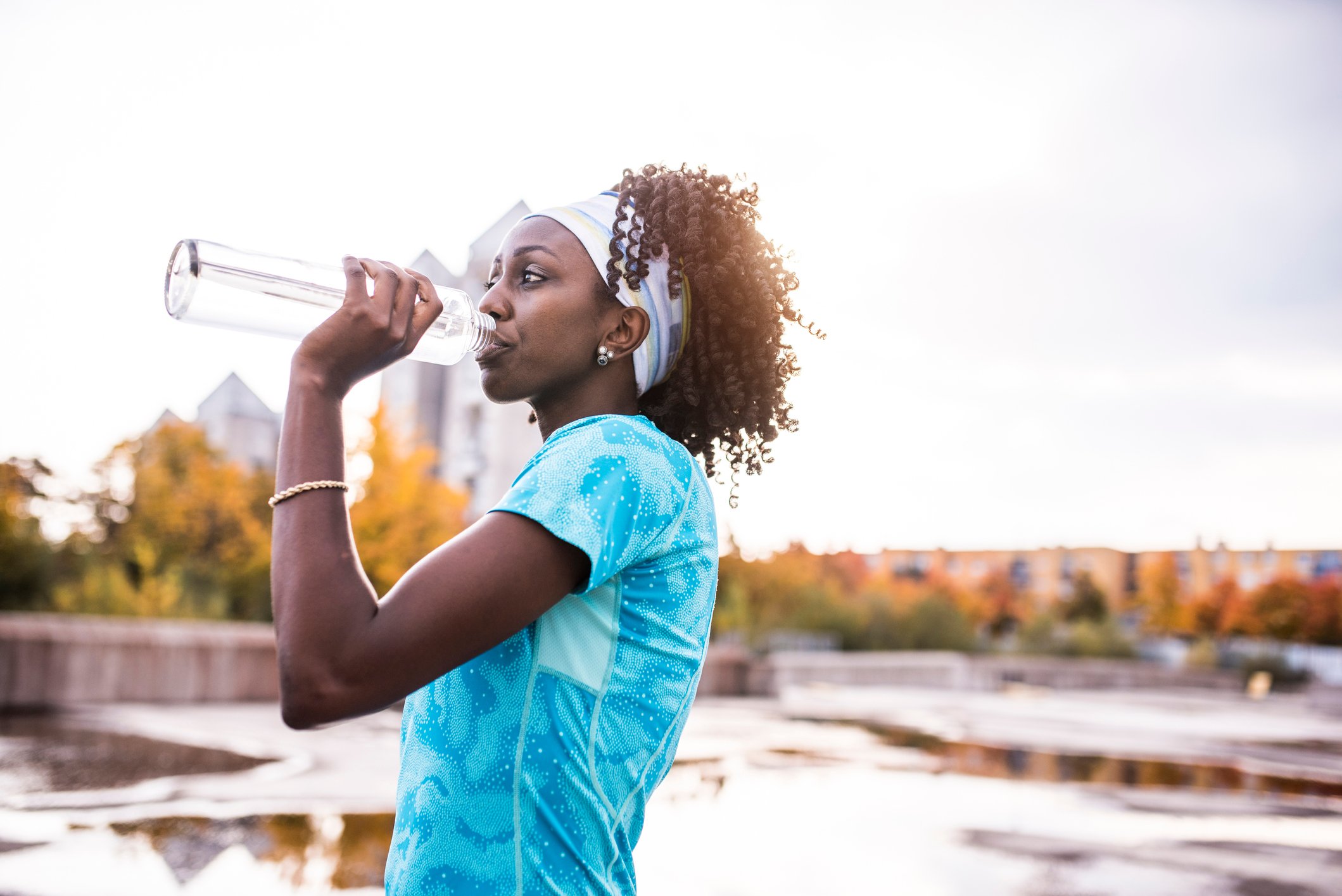 Did you know the human body is composed of about 50 to 60 percent water? Throughout the day, your body uses and loses fluid by way of natural body processes such as sweating, breathing, creating saliva, making and excreting urine, and having bowel movements. Losing more water than you consume can quickly lead to dehydration, which typically presents as excess thirst, headache, dizziness, weakness, digestion problems, and/or nausea. These symptoms typically resolve once you rehydrate your body.
Did you know the human body is composed of about 50 to 60 percent water? Throughout the day, your body uses and loses fluid by way of natural body processes such as sweating, breathing, creating saliva, making and excreting urine, and having bowel movements. Losing more water than you consume can quickly lead to dehydration, which typically presents as excess thirst, headache, dizziness, weakness, digestion problems, and/or nausea. These symptoms typically resolve once you rehydrate your body.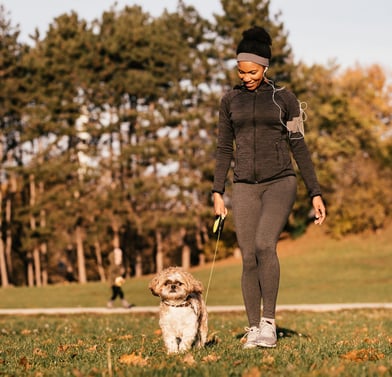 We have all heard the old sayings about fresh air and how it affects your well-being. It usually comes in the form of sage advice and sounds like something you can take with a grain of salt, but is there truth to this advice? There are times in our lives when we might not even see the sun, whether it’s because of our careers, lifestyles, or by choice. Although these reasons may have validity, there is some very good research that supports outdoor activities as a viable way to improve your overall health.
We have all heard the old sayings about fresh air and how it affects your well-being. It usually comes in the form of sage advice and sounds like something you can take with a grain of salt, but is there truth to this advice? There are times in our lives when we might not even see the sun, whether it’s because of our careers, lifestyles, or by choice. Although these reasons may have validity, there is some very good research that supports outdoor activities as a viable way to improve your overall health.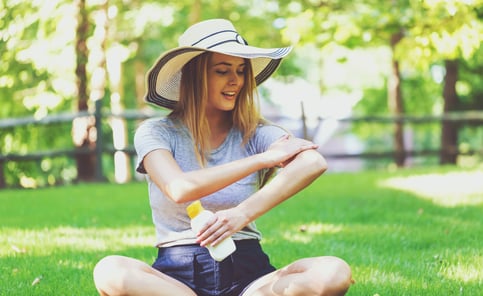 The glorious return to summer is upon us, and if you are like me, you will be spending as much time as possible soaking up sunshine as you take your leisure outdoors, take up hobbies in the yard and garden, and engage in group fitness bootcamp classes in the park. The sunshine feels good and has many benefits, including mood enhancement, vitamin D production, and even treatment for a number of skin conditions such as psoriasis and acne. There are, however, some dangers associated with extended sun exposure that can be limited with the use of sunscreen, most notably skin cancer.
The glorious return to summer is upon us, and if you are like me, you will be spending as much time as possible soaking up sunshine as you take your leisure outdoors, take up hobbies in the yard and garden, and engage in group fitness bootcamp classes in the park. The sunshine feels good and has many benefits, including mood enhancement, vitamin D production, and even treatment for a number of skin conditions such as psoriasis and acne. There are, however, some dangers associated with extended sun exposure that can be limited with the use of sunscreen, most notably skin cancer.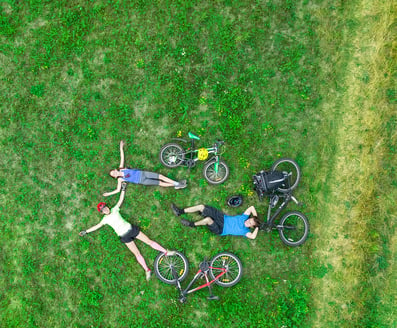 Growing up and continuing to live in the Midwest, I’ve grown to appreciate the summer months more and more. In fact, in Michigan we joke that there are really only two seasons:
Growing up and continuing to live in the Midwest, I’ve grown to appreciate the summer months more and more. In fact, in Michigan we joke that there are really only two seasons: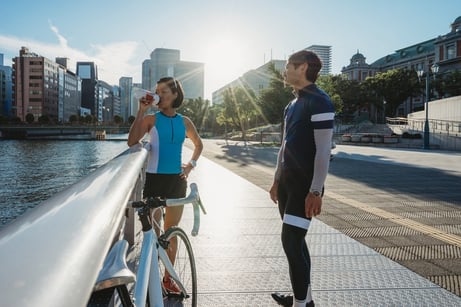 We’ve waited for this time for months, where there is no more snow and plenty of sunshine. Long days of outside fun, no kids in school, road trips and vacations—what more could we ask for?
We’ve waited for this time for months, where there is no more snow and plenty of sunshine. Long days of outside fun, no kids in school, road trips and vacations—what more could we ask for?